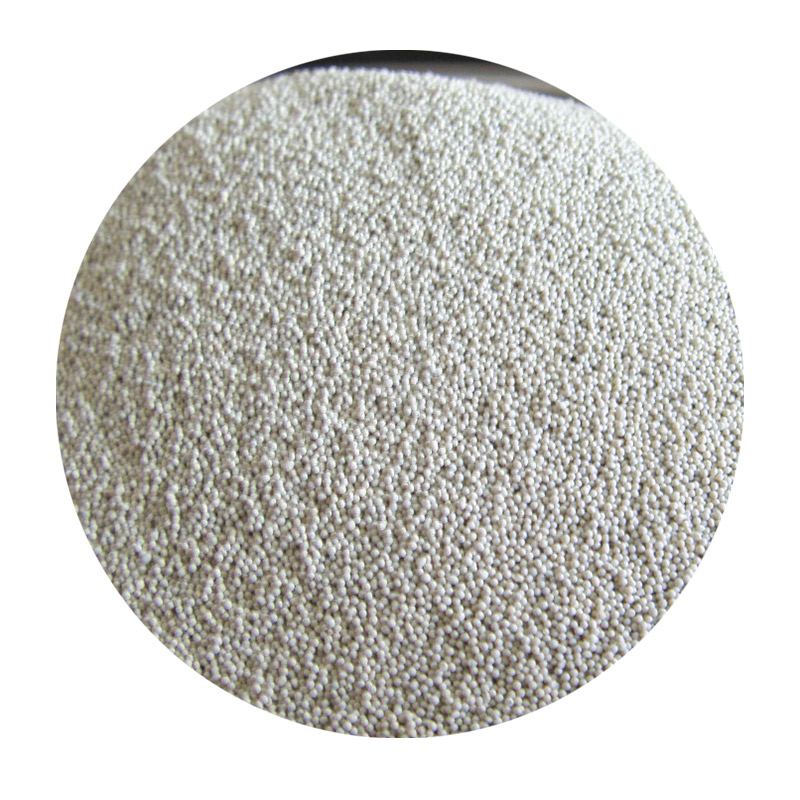How to Sand 3D Prints A Comprehensive Guide
3D printing has revolutionized the way we create and manufacture objects, offering incredible possibilities for innovation and design. However, one of the common challenges faced by 3D printing enthusiasts is the post-processing stage, particularly sanding. Despite the high level of detail achievable with various 3D printing technologies, the finished prints often exhibit visible layer lines, rough surfaces, and imperfections. Sanding is an effective method for achieving a smoother, more polished finish on your 3D prints. In this article, we will explore how to properly sand your 3D prints, ensuring a flawless final product.
Preparation
Before diving into the sanding process, it’s essential to prepare both your workspace and the print itself. Start by gathering the necessary tools and materials sandpaper (various grits), a sanding block or sponge, a dust mask, and safety goggles. A well-ventilated workspace is crucial since sanding can generate a significant amount of dust, especially if you are working with materials like PLA, ABS, or PETG.
Ensure your 3D print is clean and free of any debris. If there are any supports or rafts attached to the print, carefully remove these before sanding. Use a hobby knife or pliers for this task, ensuring a clean separation to avoid damaging the print.
Sanding Process
Step 1 Start with Coarse Grit
Begin your sanding process with coarse grit sandpaper, typically in the range of 80 to 120 grit. This step is crucial for removing the most significant imperfections and for smoothing out the obvious layer lines. Use a flat sanding block to maintain even pressure and prevent the formation of unwanted curves or dents on the surface of the print.
Sand in a consistent, circular motion and periodically check your progress. Be careful around detailed areas where excess sanding could remove critical details. This initial step may produce a rough finish, but it is necessary to set the foundation for further smoothing.
how to sand 3d prints

Step 2 Progress to Medium Grit
Once you’ve addressed the major imperfections, switch to medium grit sandpaper, typically around 220 to 400 grit. This step helps to refine the surface further and diminish any noticeable scratches left from the coarse sanding. Continue using the sanding block, focusing on the same areas, and gradually working your way over the entire print.
At this stage, you may also begin to use a softer sanding sponge to address any curves or detailed sections of your print that require a gentler touch.
Step 3 Finish with Fine Grit
After achieving a reasonable level of smoothness with medium grit sandpaper, it’s time to finish the job with fine grit sandpaper, generally in the range of 600 to 2000 grit. This final sanding phase is essential for creating a polished, glass-like finish on your 3D print. Here, you can be particularly meticulous, ensuring that every surface receives attention without risking any loss of detail.
Post-Sanding Care
Once you have completed sanding, it’s important to clean your print thoroughly. Use a cloth or brush to remove any residual dust, and consider rinsing the print with water if the material allows. Allow it to dry completely before applying any further finishing treatments, such as painting or sealing.
Conclusion
Sanding 3D prints can transform a rough, layered object into a smooth, professional-looking piece. While it may require patience and practice, mastering the art of sanding will significantly enhance the quality of your 3D printed projects. By following these steps—preparing adequately, sanding through progressively finer grits, and properly cleaning your print afterward—you’ll achieve impressive results that showcase the true potential of your 3D designs. Happy printing!
Post time:ئیلول . 14, 2024 21:51
Next:physical properties of foundry sand
